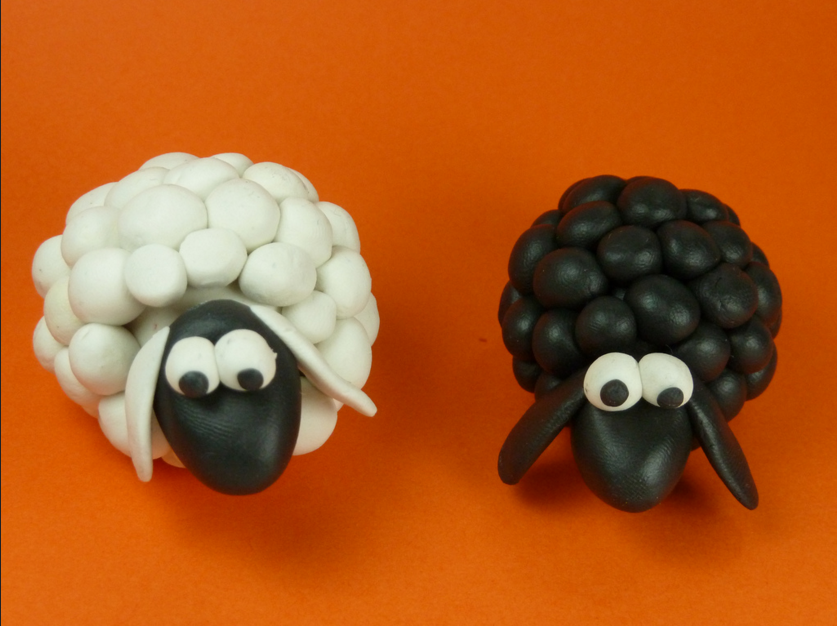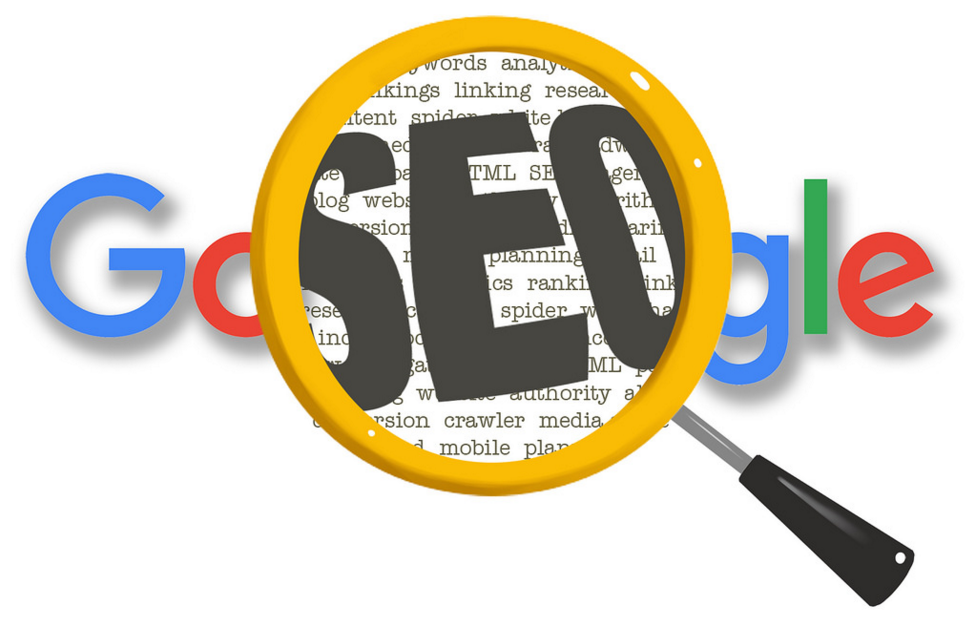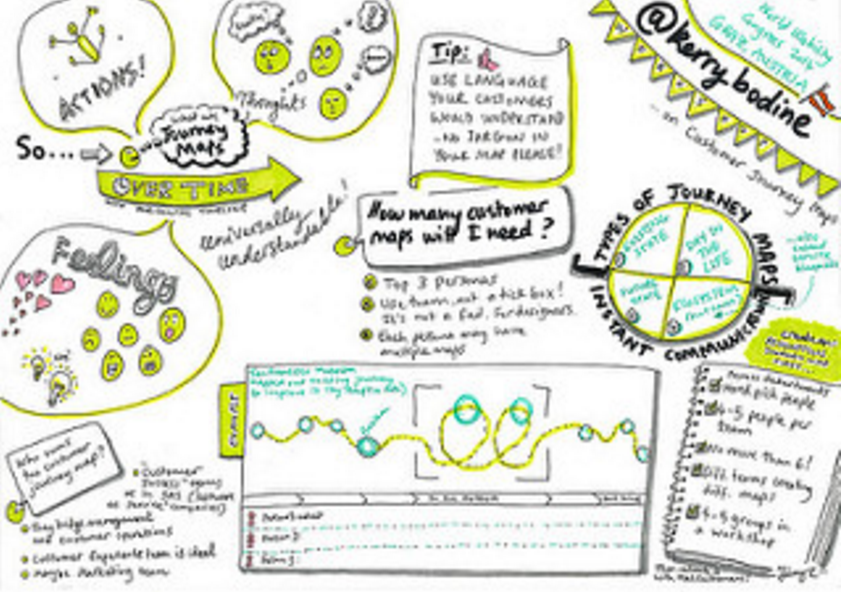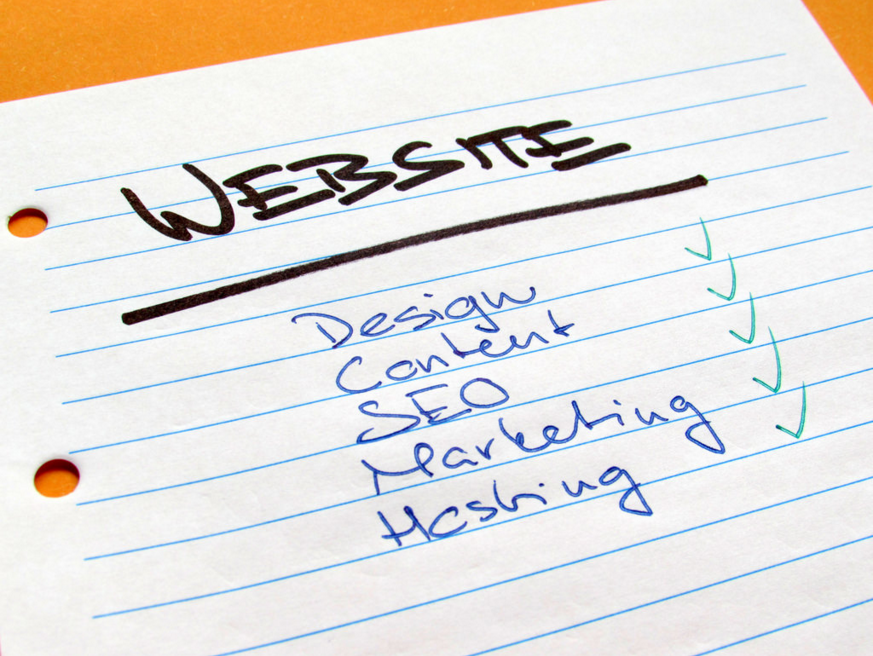It’s amazing how far we’ve come in building a virtual world—and the most exciting part is that this is just the beginning. Technology has proven to be an effective catalyst for stronger connections and better ways of communication. We’ve seen through the wonder that is the World Wide Web that a lot of things are more achievable now than ever. We are privileged with an almost unlimited access to information. Search engines have brought the power of knowledge right to our doorstep, and many of us are harnessing this power to improve both our personal and professional lives.
The Internet contains an extensive database of information that no individual can consume even if he or she lives for a hundred years. This database is collected, collated, and neatly presented to us by search engines like Google, YouTube, and Yahoo. These search engines serve as gateways to knowledge—it is through them that we unlock content. The way search engines present data is a science on its own. Two elements, namely search engine optimization (SEO) and user experience (UX), are used as metrics for search engines to identify which contents are the most relevant and user friendly. They ultimately decide which websites get the most exposure and which get buried in the noise.
UX and SEO—what exactly are they? Many people are under the impression that these two stand alone, but is that really the case? Are UX and SEO better taken separately, or are they two elements that should go hand in hand?
Understanding UX and SEO

SEO and UX design are two concepts that are not hard to understand. SEO is about optimizing a web page so that it is embedded with search elements like keywords, meta tags, and descriptions that allow visitors to find the page easier. It works for the sake of page ranks on search engine results pages (SERP). UX, on the other hand, is about telling a story, meeting emotional intelligence and curating content that is relevant to visitors. UX is an indispensable part of the web development process, while SEO is more like a footnote that is added when everything else is in place.
UX and SEO on the Same Ground

Contrary to what some web designers and SEO specialists believe, UX design and SEO work hand in hand. They are both geared towards the same goal: to drive an effective content marketing campaign that attracts users and makes them stay. UX design guarantees the quality of the content in a web page. Its main function is to make sure that visitors stay and make a transaction. This can be in the form of an email subscription, a purchase or just a loyal readership. A UX design should appeal enough to visitors for it to be effective. As a Moz guide explained, “[User experience] provides an indirect but measurable benefit to a site’s external popularity, which the engines can then interpret as a signal of higher quality…. Crafting a thoughtful, empathetic UX helps ensure that visitors to your site perceive it positively, encouraging sharing, bookmarking, return visits and inbound links—all signals that trickle down to the search engines and contribute to high rankings.”
While it’s true that a website’s user-friendliness is a key player in attracting and keeping customers, it will ultimately amount to nothing if nobody finds the website in the first place. This is where SEO comes in. SEO gives value to UX by optimizing a website so that the right audience can find it amidst the noise. SEO should be applied early in the process so that it can work side by side with UX design. Of course, this is the ideal scenario, but many still don’t practice it. Justin Taylor from Moz expressed why some Web campaigns fail. He said, “The problem is simple. Websites that look amazing typically offer little opportunity for on-page optimization, and conversely, pages that are well optimized will often compromise the design and user experience. This creates a chicken and egg scenario—what is the point in having a website that looks great if it can’t be found? And is there any point of being easy to find if the website isn’t engaging?”
Taylor’s statement proves just how important the connection between SEO and UX is. If you want to find, engage, and keep users, you should let your UX designers and SEO specialists work closely together to create a product that works.
On Searchability and Usability
Still not convinced about how SEO helps UX design and vice versa?

How far do you often go when looking for a piece of information on the Web? Do you find yourself on page 5 of Google’s SERP with no luck? Does the right website seem to elude you on the first few results pages? Well, those websites that you sifted through are probably only good SEO-wise. They’re easily searchable, but when you open them, they don’t really offer anything substantial.
What if you have a useful website that has everything a customer is looking for but has a page rank of 297? It’s highly unlikely that a user will browse through 297 pages of search results to find the right website with the right information. It doesn’t really matter how great and usable your content is if you’re stuck in Google’s results page 297.
If you want real traffic, be accessible and relevant at the same time.
Follow the Golden Rule

When you’re not sure about how to go with your Web campaign, remember Google’s golden rule: always design for the users. Ultimately, it’s the users and not the search engines that will assess your website’s value. When you’re tempted to pack your websites with keywords that only search engines will pick up, ask yourself first, “Will these keywords help improve my customers’ experience?” If yes, keep them. If not, do away with them. Google will appreciate it better if you put your users first.
The Perks of Taking SEO and UX Side by Side
- No need to backtrack: You’ll save more time and money if you consider both SEO and UX from the onset since you wouldn’t have to trace your way back anymore to apply some quick fixes.
- Better search results: Your relevance will increase along with your searchability if you curate good content and put it on the path of your potential audience.
- Improved engagement metrics: Your visitors will spend more time in your site because they find value in what you offer.
- Higher conversion rates: When you’re relevant and accessible, more people will find out about you and discover your product.
- Ease of navigation: If you have a good web design and a great SEO campaign, your website will be properly indexed and your users will be able to navigate through your pages easily.
The Virtual Marketplace
As your web campaign advances, you should consider the bigger picture and give your brand a face. Your customers would love to know who they’re doing business with. Feel free to give your site a personality that your users can identify with. If you take part in the virtual storefront, you will strengthen both your UX design and SEO campaign.
The algorithms that define search engines may change, but the two elements that govern them, SEO and UX, will undoubtedly stay the same. Find the perfect balance between user experience and search engine optimization and you will surely craft a successful website that actually matters.
















